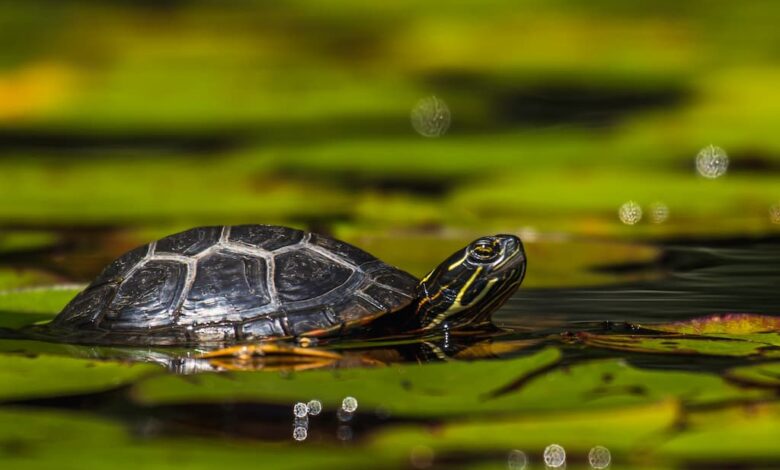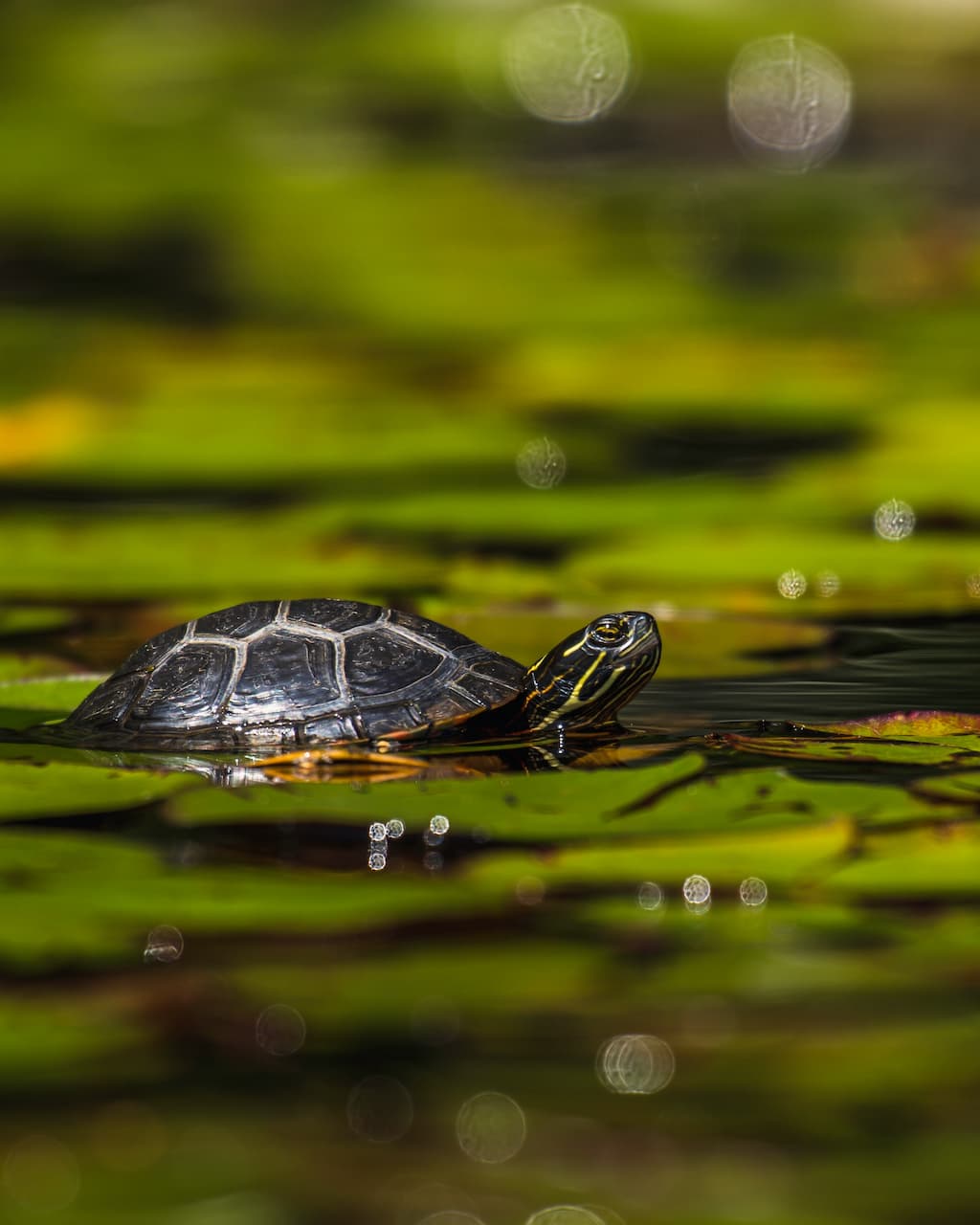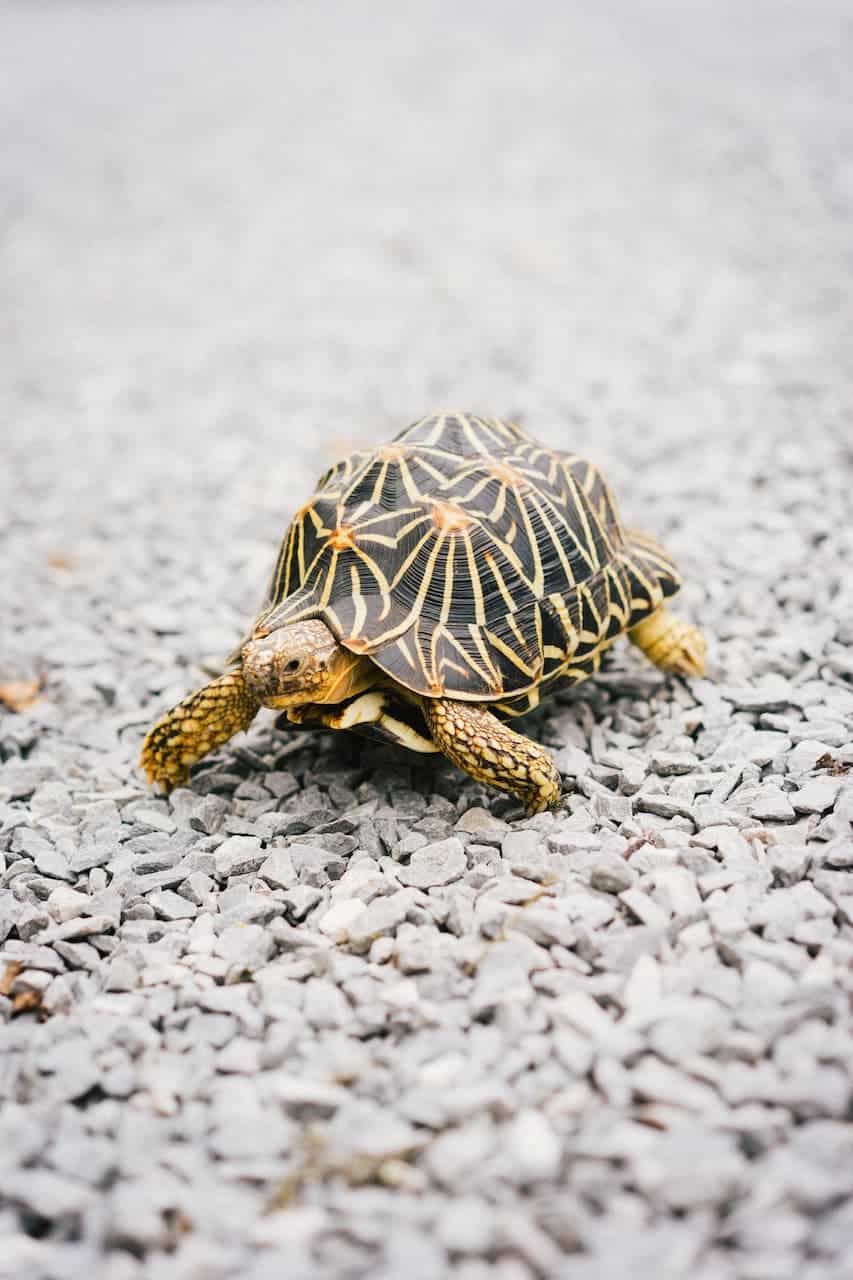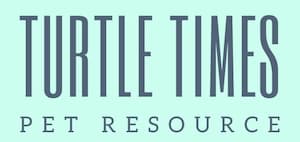Herptology Keywords

Herptology Keywords & Meanings
Amongst Herpers there are a lot of unfamiliar words to new pet owners. We tried to collect as many words as we could find on the Internet to build a useful Herptology Keywords section.
| 0.0.0 | A three-period system used to identify sex ratios of animals. It follows the pattern of:
|
| aestivation: | a period of dormancy during the summer months in response to harsh conditions such as drought. |
| albinism, albino : | a mutation in the DNA which causes individuals to lack several pigment colors. Individuals have red or pink eyes. an organism with absent or deficient melanin. Common name for “amelanistic”. See also: amelanistic, anerythristic, axanthic, snow, leucistic, melanism. |
| ambient temperature, ambient temp: | temperature of the air in a given area. |
| Amelanistic, amelanism : | having no melanin. a mutation in the DNA which causes individuals to lack black and yellow coloration. |
| anal plate: | large scale in snakes located anteriorly to the cloaca which signifies the end of the body and the beginning of the tail with the next ventral scale. |
| Anerythristic : | having no red color. a mutation in the DNA which causes individuals to lack red or red-derived coloration such as oranges. |
| anomaly, anomalies: | abnormalities or birth defects |
| anterior: | towards the head/front of the animal. Contrast with posterior. |
| aquatic: | spending a large majority of a lifetime in or very near water. Contrast with arboreal, terrestrial. |
| arboreal: | having to do with the trees. Arboreal animals climb trees and typically spend the majority of their lives in the trees. Contrast with terrestrial, aquatic. |
| Axanthic : | having no yellow color. a mutation in the DNA which causes individuals to lack yellow coloration. |
| Boidae, boida: | designation for the family of snakes which includes the boas and pythons. |
| brumation: | a period of prolonged cool temperature without acutual hibernation |
| captive bred, cb: | animals which are born or hatched in captivity from parents who mated while in captivity. Often associated with year which animals were born. For example, cb98 = captive bred in 1998. Contrast with captive hatched. |
| captive hatched, captive born, ch: | animals which are born or hatched in captivity from parents who mated in the wild. Often associated with year which animals were born. For example, ch98 = captive hatched in 1998. Contrast with captive bred. |
| carapace: | the upper, bony shell of a turtle or tortoise partially formed by flattened ribs. See also plastron. |
| carnivore, carnivour, carnivorous: | meat-eating, consuming animals and only animals. See also omnivore, herbivore. |
| caudal: | referring to the tail. |
| caudally: | towards the tail |
| chromosome: | the protein molecule that contains the entire set of genes for the living cell |
| cloaca: | The space at the end of the digestive tract where all the wastes (solid an liquid) are mixed, and later expelled together through the vent. |
| congenital: | present at birth |
| copulate: | to mate or breed. |
| crepuscular: | active at sunset or sunrise. being most active at dawn and dusk. See also diurnal, nocturnal. |
| cross-feeding: | transferring an uneaten food animal from one animals cage to another |
| cryptic: | color or patterns which help hide an animal visually in its natural habitat. |
| day time.high, DTH: | the maximum temperature attained during the day period. Used with breeding cycles. Contrast with night time low. |
| Dbl. Het. : | double heterozygous |
| dewlap: | a fold of skin along the throat of some lizards which can be opened like a fan and is used in territorial, amongst other, displays. |
| dimorphism, dimorphican : | occurance of two types of visual differences in a species such as two different colors, patterns, or the presence/absence of body parts (ie. horns, pores). See also polymorphism. |
| diurnal: | daily; active during the day. being mostly active during the day. See also crepuscular, nocturnal. |
| Dominant : | a trait that is express by a single gene. a gene that determines how an animal looks whether its homozygous or heterozygous. |
| dorsal, dorsum: | referring to the back. Contrast with ventral. |
| double clutching: | producing two or more clutches of eggs in less than one year |
| Double Heterozygous : | being heterozygous for two different traits. |
| ecdysis: | shedding of the skin. term referring to the process of shedding the older, outer layer of skin. |
| ecto, ectotherm, ectothermic, |
referring to objects, properties external to the specified organism. an animal (reptiles, amphibians, fish, insects) whose body temperature is regulated by an external mechanism such as radiant heat, wind, ambient temperatures. Contrast with endotherm. See also poikilotherm. |
| endo, endotherm, endothermic, |
referring to objects, properties internal to the specified organism. an animal (mammals, birds) who body temperature is maintained internally at a certain level by metabolism. Contrast with ectotherm |
| fixed, fixation: | a gene is fixed when it becomes present in all members of a population |
| follicle: | structure in the ovary which contains the developing ovum |
| force feeding: | a method used with animals which are not voluntarily feeding. It involves manually opening the animal’s mouth and giving it food. See also: tube feeding. |
| fuzzies, fuzzy: | a term used for a rodent which has just developed hair. newborn rodents that have just begun to grow hair |
| genotype: | the genetic composition of an animal |
| gestation: | the period of pregnancy from conception until birth or egg-laying. |
| gravid: | pregnant |
| hemipene, hemipenis, |
copulatory organs found in the base of the tail of lizards and snakes. the male reproductive organ or reptiles. Often is paired (snakes, lizards) or unpaired (turtles). |
| herbivore, herbivour, herbivorous: | eating only plant matter. See also carnivore, omnivore. |
| Heredity : | the transmission of genetic characters from parents to offspring. |
| herp, herptile: | slang term referring to any reptile or amphibian. |
| herpetoculture: | slang term referring to reptile and amphibian husbandry. |
| herpetology: | branch of zoology which studies various aspects of reptiles and amphibians. |
| Het. : | short for heterozygous |
| Heterozygous : | |
| heterozygous, hetero, het: | Having two different genes for a given trait. Such an animal with one recessive, mutated gene looks normal, but it can pass the gene on. A heterozygous animal with one dominant, mutated gene is affected by that gene. A genetic combination in the gene sequence such that the animal has a combination of two different alleles causing one to be “hidden” while the dominant one is expressed. Heterozygous for albinism individuals appear normal externally but have a “hidden” albino gene that can be expressed in offspring provided the proper partner is chosen. See also: Punnet’s Square. |
| hibernation: | a dormancy during the winter months in response to lower temperatures and lack of prey. |
| Homozygous : | having identical genes for a given trait. An animal in which recessive genes affect the way it looks because both have the same mutation |
| hopper, weanling: | a term used to refer to the stage of development in a rodent (usually a mouse) just after weaning (three weeks of age). |
| hybrid, cross: | an animal that is produced as a result of mating two different species. |
| hyper: | a prefix to many words meaning in excess of or having more than the normal amount of. For example, hypermelanistic = more black pigmentation than normal (melanin=black). |
| hypo: | a prefix to many words meaning having less than the normal amount. For example, hypomelanistic = less black pigmentation than normal (melanin=black). |
| Hypomelanistic : | reduced black and brown melanin |
| incubation: | period from time of laying of egg, during which the embryo completes its development |
| integrade: | an animal that is produced as a result of breeding two subspecies together. |
| iridescence, iridescenta: | characteristic where an animal’s body shows the colors of a rainbow. Seen in many snakes with smooth, shiny scales which are held under lights at angles. |
| Jacobson’s Organ: | an organ with two entrance holes located on the roof of the mouth in snakes and some lizards which processes chemical cues picked up by the tongue. |
| keeled: | a characteristic of scales which have a ridge in the middle and running the length of the scale. |
| lateral: | referring to the sides. |
| Leucistic : | all white |
| leucistic: | a mutation in the DNA which causes individuals to lack any pigment color. Individuals are pure white and have black eyes. See also: albino. |
| melanin : | black or brown skin pigments |
| melanism | a condition in which the individual is completely or almost completely black. See also albinism. |
| melanistic : | abnormally dark, due to increased melanin |
| mutation : | an abnormal gene that under certain circumstances can change the appearance of an animal |
| neonate: | newborn |
| night time.low , NTL: | the lowest temperature attained during the night. Contrast with day time high. |
| nocturnal: | being mostly active after dark. See also crepuscular, diurnal. |
| Normal : | an animal that looks like the wild-type generally seen, and it carries no mutated genes |
| offspring: | an animals young or babies |
| omnivore, omnivour, omnivorous: | feeding on both plant and animal matter to varying degrees. See also carnivore, herbivore. |
| oviparous: | an animal which lays eggs |
| oviposition: | the process of laying eggs. |
| ovoviviparous: | having non-shelled eggs, which hatch internally. animals which produce young that are retained in shell-less eggs inside the female, hatch inside the female, and are “born” like most mammals. |
| ovulation: | the release of mature ova |
| ovum; ova: | an egg, single is ovum, plural is ova |
| parturition: | giving birth |
| phenotype: | the external appearance of an animal or organism |
| pinkies, pinky: | newborn rodents without hair. a term referring to a newborn rodent up until they begin to develop fur. |
| plastron: | the lower, bony shell of a turtle or tortoise which protects the ventral portion of the body. See also carapace. |
| poikilotherm , poikilothermic, |
an animal whose body temperature varies with the temperature of the ambient environment. See also ectotherm. |
| polymorphism , polymorphic: | an occurance of more than 2 types of colors, patterns, or presence of body parts in a particular species. See also dimorphism. |
| posterior: | towards the tail/rear of an animal. Contrast with anterior. |
| prehensile: | the ability to grab an object by wrapping around it. Often seen in the tails of arboreal animals. |
| Punnet’s.Square, P-square: | a table system developed by Mendel used to make predictions of the outcome when two individuals of known genetic lineages are bred. The results are a prediction of the percentage of the likelyhood of each genetic combination. See: heter as well as the example below: |
| recessive: | a trait that is expressed only if the gene is transmitted from both parents, homozygous |
| screamer: | term used to describe an absolutely exceptional animal in color, definition of pattern, health, etc.; an animal such that when you see it, you’ll scream. |
| snout-to-vent length , SVL: | the length of an animal’s body measure from the tip of the snout to the vent opening; excludes the tail length. |
| snow: | an animal that’s homozygous for both albino and anerythristic. a mutation in the DNA which causes an individual to lose red, black, yellow color pigmentation with the exception of the eyes which are red or pink. |
| spur , anal claw: | vestigial hind limbs of the Boidae which suggest that the ancestors of snakes were limbed and were lizards. Used in courtship by males of the Boidae. |
| spurring: | the process during courtship in many boids where the male moves his spurs anterior-posteriorly along the female thus “scratching” her. It is usually done on the dorsal side opposite the vent. This is also seen in male-male aggressive behavior as well. |
| ssp: | subspecies |
| stomatitis: | an infection of the mouth |
| sub-adult: | an animal in the “teen” years; not fully adult size/age but either sexually mature or very close to sexual maturity. |
| subcaudal: | scales after the cloaca |
| substrate: | material used on the floor of a cage |
| terrarium , terraria, vivariuman: | enclosure designed for terrestrial animals. |
| terrestrial: | spending the large majority of a life on the ground and not as often in water or in the trees. Contrast with arboreal, aquatic. |
| thermoregulate: | to control or adjust temperature |
| toxin , poison: | a chemical substance that is dangerous when ingested. Seen most often in toads which secrete toxins from their skin. |
| tube feeding: | a method of force feeding which uses a syringe and catheter to give nutrients to a non-feeding animal. It involves placing a lubricated catheter down the throat of the animal and injecting a liquid, semi-liquid food or food substitute. See also: force feeding. |
| venom , |
a chemical substance that is dangerous when injected into the bloodstream or tissue. There are to main types of venom: hemotoxic (blood/tissue destroying) and neurotoxic (nerve destroying). Most venomous snakes have a mixture of both types. |
| venomous , |
having the capability of delivering venom either via bite (through fangs) or via sting. |
| vent: | the opening at the base of the tail where excretes are expelled. |
| ventral: | the abdominal suface. referring to the belly. Contrast with dorsal |
| viviparous: | giving birth to live young. giving birth to live young which develop in the mother’s body. Often associated with reptiles but actually, reptiles which have “live-birth” are really ovoviviparous. |
| wild caught , wc: | animals which were caught in the wild and brought into captivity. |
| Wild-type : | the way the animal usually looks in nature |
| Xanthic : | having extra yellow color |

| Punnet’s.Square: P-square |
Example:
The bold letters are the parents genes (top row & left column). A stands for normal coloration and a is albinism. Anytime there is an A in the combination, the animal is normal colored as A is dominant over a. Dominances vary depending on the mutation. When aa is seen, animals are albino.One parent’s genotype is Aa while the other one is aa. Each parent contributes 1/2 of its genotype to the offspring and yields four combinations (2 different types) in this case. The offspring would have 2/4 chance of being Aa and a 2/4 chance of being aa. Thus, ideally, 50% of the offspring will be albinos and 50% will be normal colored but heterozygous for albinism. I hope our Herptology Keywords helped! |

